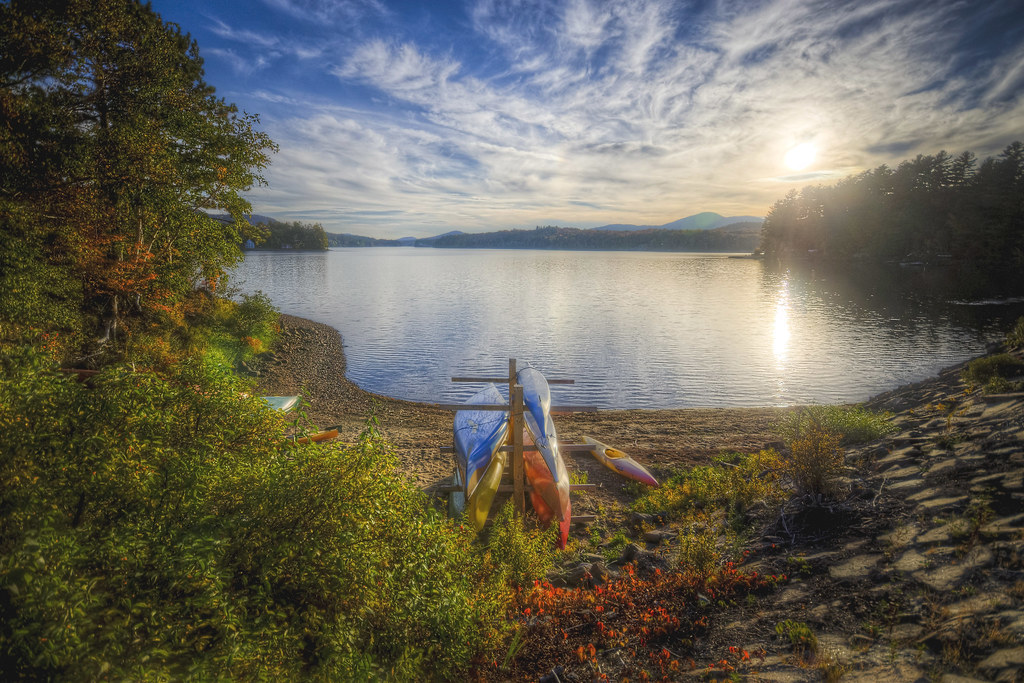Water adventures often bring to mind images of sun-drenched beaches and warm summer breezes. However, America’s diverse waterways offer exhilarating experiences throughout all four seasons. From winter hot springs soaks in snowy landscapes to spring whitewater rafting during peak runoff, the nation’s lakes, rivers, and coastal waters provide year-round opportunities for exploration and adventure. This article explores fifteen remarkable water-based activities across the United States that prove water fun isn’t limited to the summer months, highlighting the unique experiences each season brings to these aquatic environments.
1. Winter Hot Springs Soaking in Mammoth Lakes, California
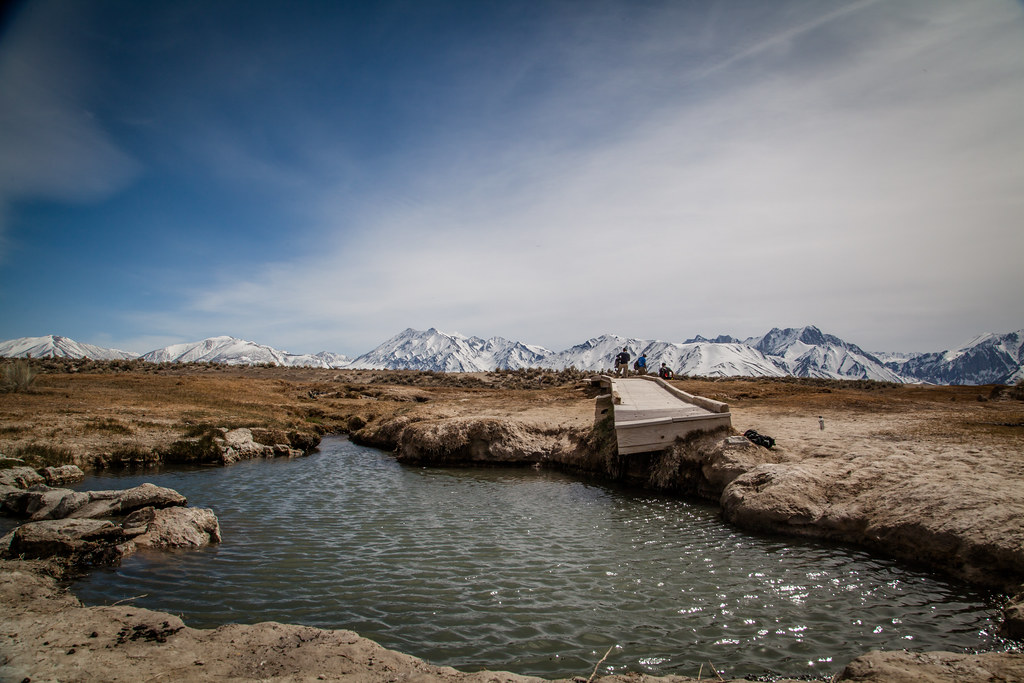
The Eastern Sierra region transforms into a winter wonderland, creating the perfect backdrop for the natural hot springs scattered throughout Mammoth Lakes. Imagine soaking in steaming mineral waters while snowflakes gently fall around you and mountains loom in the distance. The contrasting sensations of hot water against freezing air create a uniquely invigorating experience that summer visitors never encounter. Local favorites include Wild Willy’s Hot Spring and the Hilltop Hot Spring, both offering panoramic views that are particularly magical when dusted with snow.
2. Spring Whitewater Rafting on the Gauley River, West Virginia
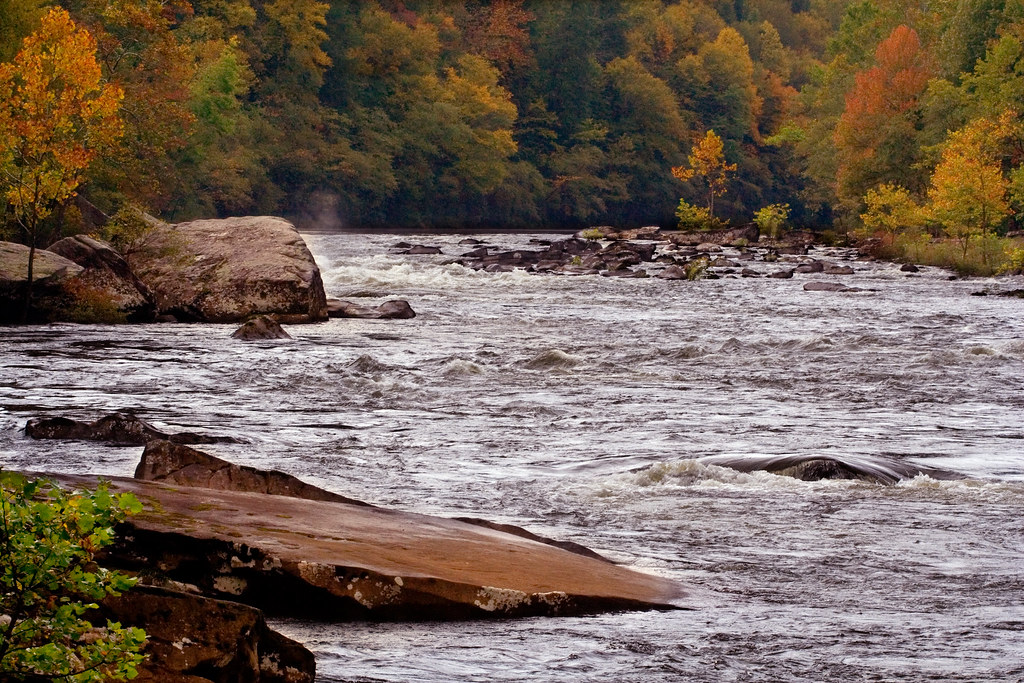
While many associate rafting with summer, experienced paddlers know that spring brings the most thrilling conditions to America’s whitewater rivers. The Gauley River in West Virginia transforms during spring snowmelt, creating world-class rapids that attract adventure seekers from across the globe. The river’s volume increases dramatically, turning moderate summer rapids into thundering challenges that require skill and teamwork to navigate. The surrounding forest, vibrant with new spring growth, provides a stunning backdrop as rafters tackle legendary sections like the Upper Gauley’s “Five Falls,” a series of five Class V+ rapids in less than a mile.
3. Fall Kayaking Among Autumn Foliage in the Adirondacks, New York
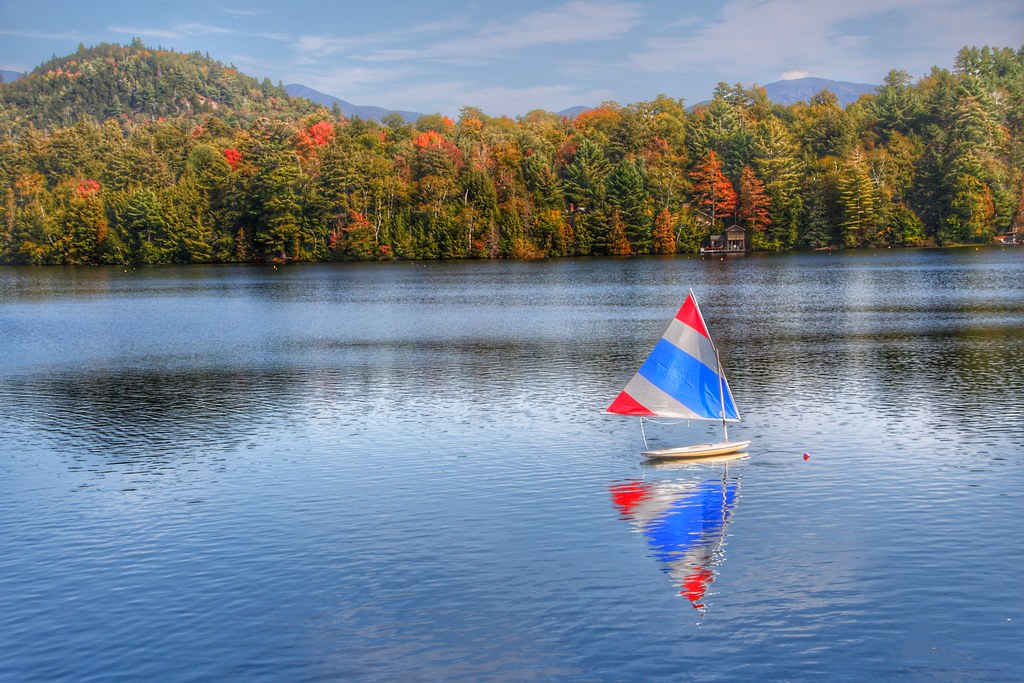
The Adirondack region offers perhaps the most spectacular fall paddling experience in America, with thousands of lakes and rivers reflecting the brilliant autumn colors of surrounding forests. The cooler temperatures mean fewer crowds, allowing paddlers to glide through pristine waters in relative solitude. Lakes like Saranac and Raquette become natural mirrors for the vibrant oranges, reds, and yellows of the changing leaves, creating photo opportunities that summer paddlers never witness. The crisp air and peaceful atmosphere make this an ideal time for wildlife spotting, with many animals actively preparing for winter.
4. Winter Whale Watching in Monterey Bay, California
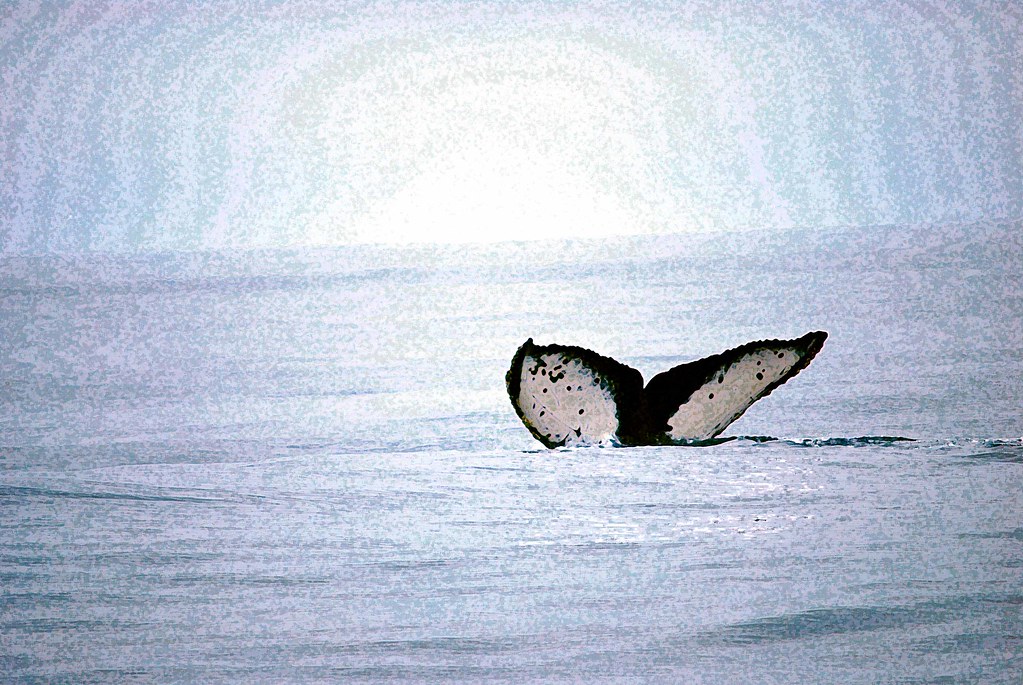
Winter brings the majestic gray whale migration to California’s coast, with December through April offering peak viewing opportunities in Monterey Bay. During this season, thousands of gray whales make their 10,000-mile journey from Alaska to Baja California, often traveling within a mile of the shoreline. Winter storms create dramatic coastal scenery as backdrop to these magnificent creatures breaching and spouting. The colder months also bring clearer waters and reduced marine traffic, creating optimal conditions for observing not just whales but also dolphins, sea otters, and other marine life that call this protected marine sanctuary home.
5. Ice Fishing on Lake of the Woods, Minnesota

The frozen expanse of Lake of the Woods transforms into a temporary village of ice fishing houses during winter, offering a uniquely northern water adventure. Spanning more than 950,000 acres across Minnesota and Canada, this massive lake is renowned for its abundant walleye, northern pike, and sauger populations that remain active even in the coldest months. Local outfitters provide heated ice houses equipped with all necessary gear, allowing anglers of all experience levels to enjoy this traditional northern activity. The experience extends beyond fishing, as the frozen lake becomes a playground for snowmobiling, cross-country skiing, and even spotting the Northern Lights on clear winter nights.
6. Spring Snorkeling with Manatees in Crystal River, Florida
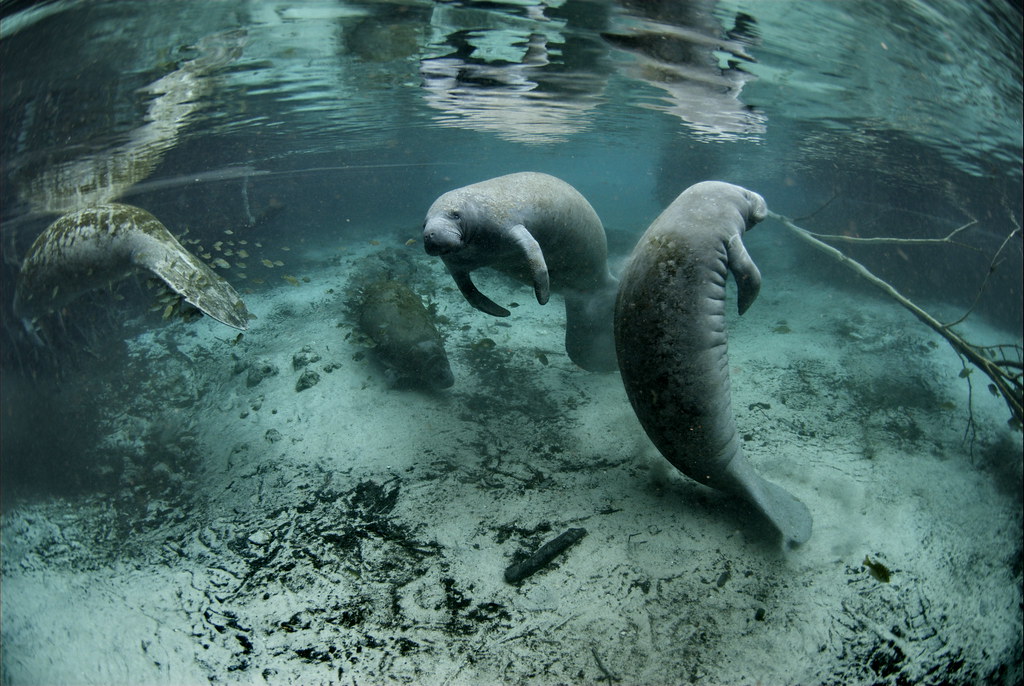
While Florida’s waters are inviting year-round, winter and early spring offer a special opportunity to snorkel alongside gentle manatees in Crystal River. These endangered marine mammals gather in the constant 72-degree spring-fed waters to escape colder ocean temperatures, creating a unique wildlife interaction opportunity. The cooler months typically bring clearer water conditions than summer, with visibility often exceeding 100 feet in the springs. Professional guides ensure respectful encounters with these protected animals, teaching visitors about manatee conservation while facilitating close but non-disruptive observations of these remarkable creatures in their natural habitat.
7. Fall Steelhead Fishing on the Salmon River, Idaho
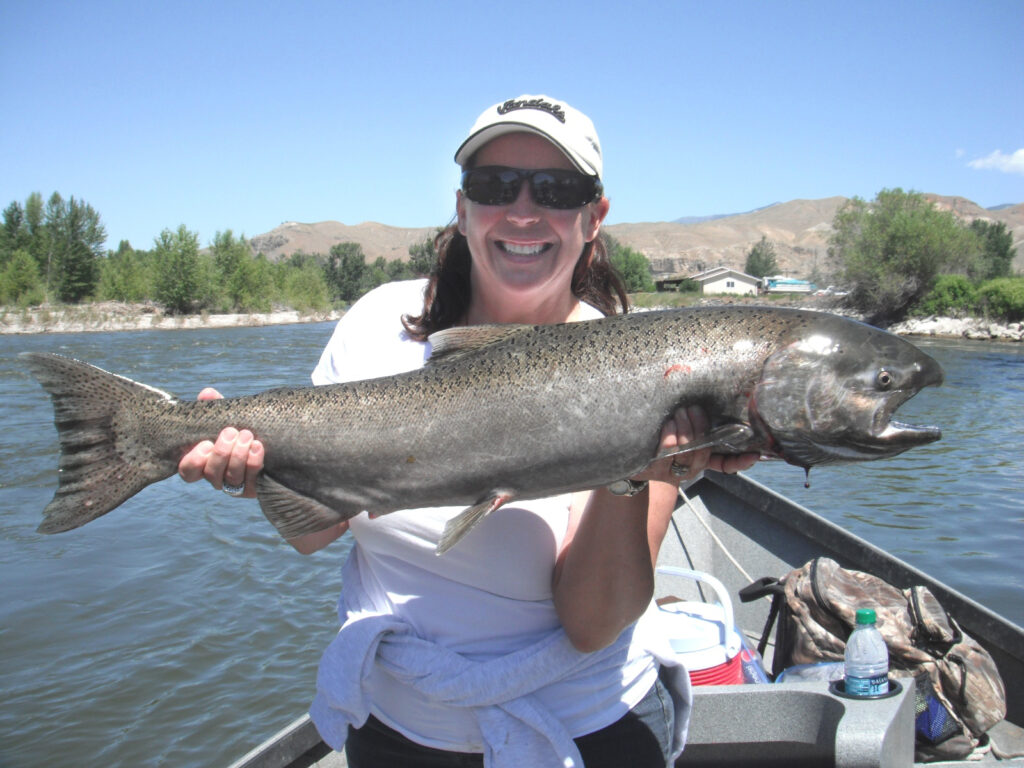
The legendary “River of No Return” offers world-class steelhead fishing as temperatures drop and leaves change color across Idaho’s rugged landscape. These ocean-going rainbow trout return to their birthplace each fall, navigating over 900 miles and climbing nearly 7,000 feet in elevation to reach the Salmon River’s upper stretches. The combination of reduced crowds, spectacular mountain scenery adorned with fall colors, and the chance to battle one of fishing’s most prized catches makes this a bucket-list adventure. Local guides not only increase fishing success but also share knowledge about the river’s rich history, from Native American settlements to the expeditions of Lewis and Clark.
8. Winter Surfing in Narragansett, Rhode Island
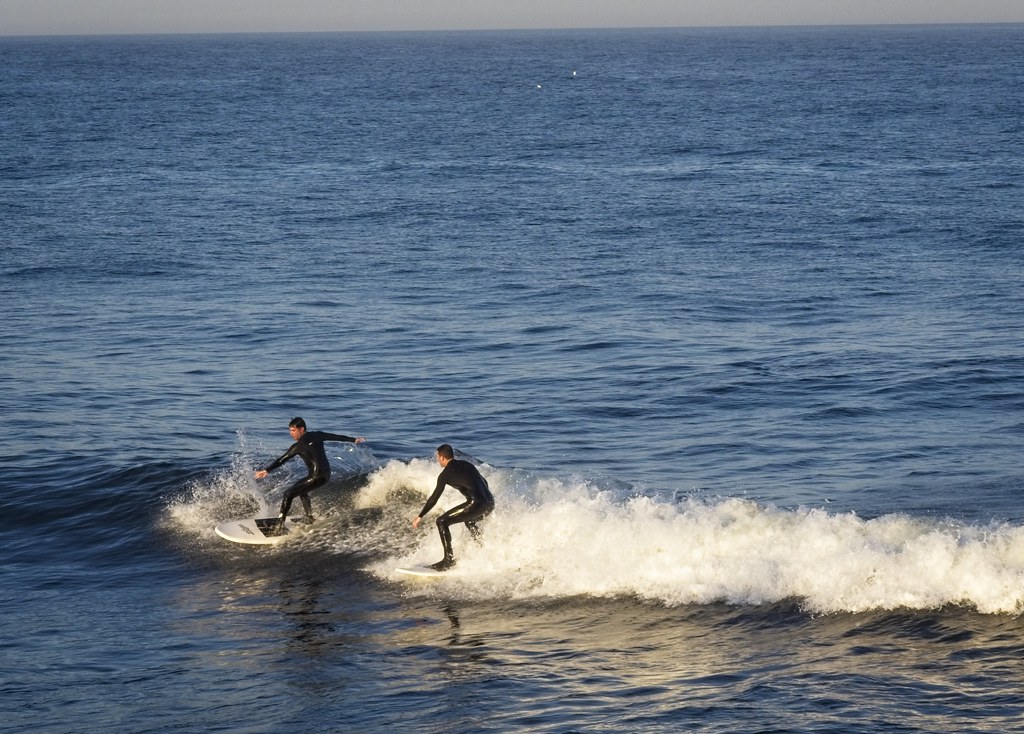
New England’s coastline offers surprisingly excellent winter surfing conditions that attract dedicated wave riders willing to brave the elements. Winter nor’easters generate powerful, consistent swells that create better surfing conditions than the often flat summer seas. Modern wetsuit technology makes this cold-water experience not just tolerable but enjoyable, with proper 6mm suits, boots, gloves, and hoods keeping surfers comfortable even in near-freezing water. The empty lineups mean no competition for waves, while the snow-covered beaches and dramatic winter skies create an otherworldly backdrop for this unexpected cold-season water sport.
9. Spring Diving in the Florida Keys National Marine Sanctuary
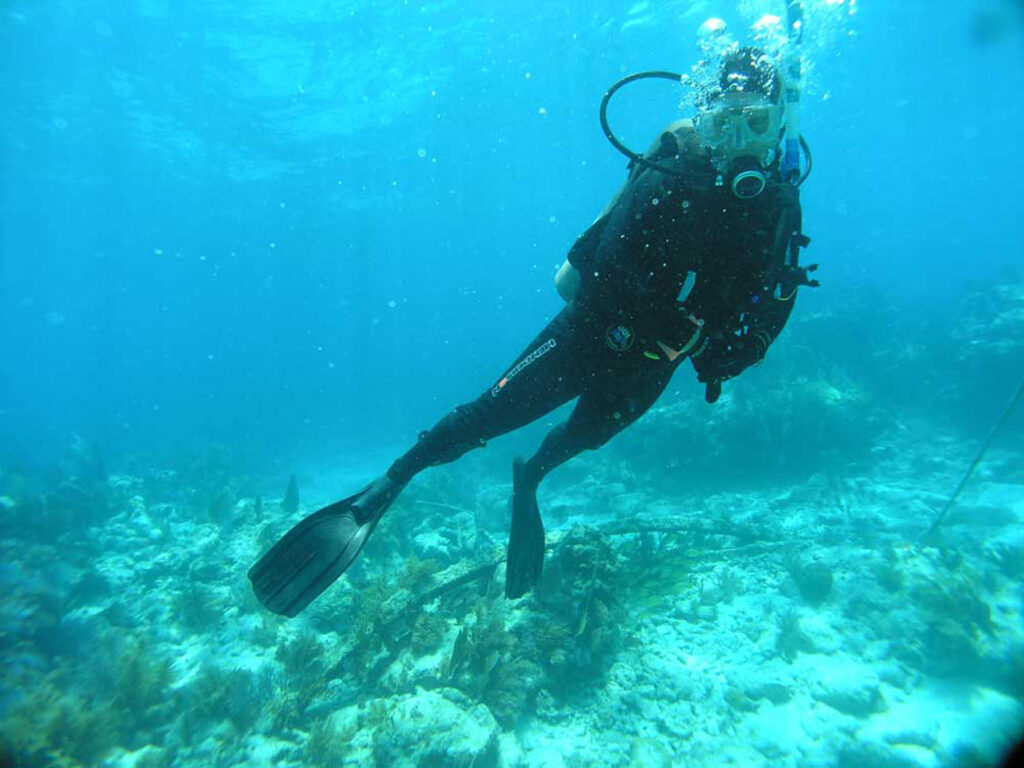
The shoulder season of late spring offers ideal conditions for exploring the only living coral barrier reef in North America. Water temperatures in April and May are comfortable yet the summer crowds haven’t arrived, creating perfect conditions for underwater exploration. Spring brings exceptional visibility to these protected waters, often exceeding 100 feet, allowing divers to fully appreciate the reef’s biodiversity. The timing also coincides with coral spawning events and the arrival of migratory species, creating opportunities to witness natural phenomena that summer visitors rarely experience.
10. Fall Canoeing in the Boundary Waters Canoe Area, Minnesota
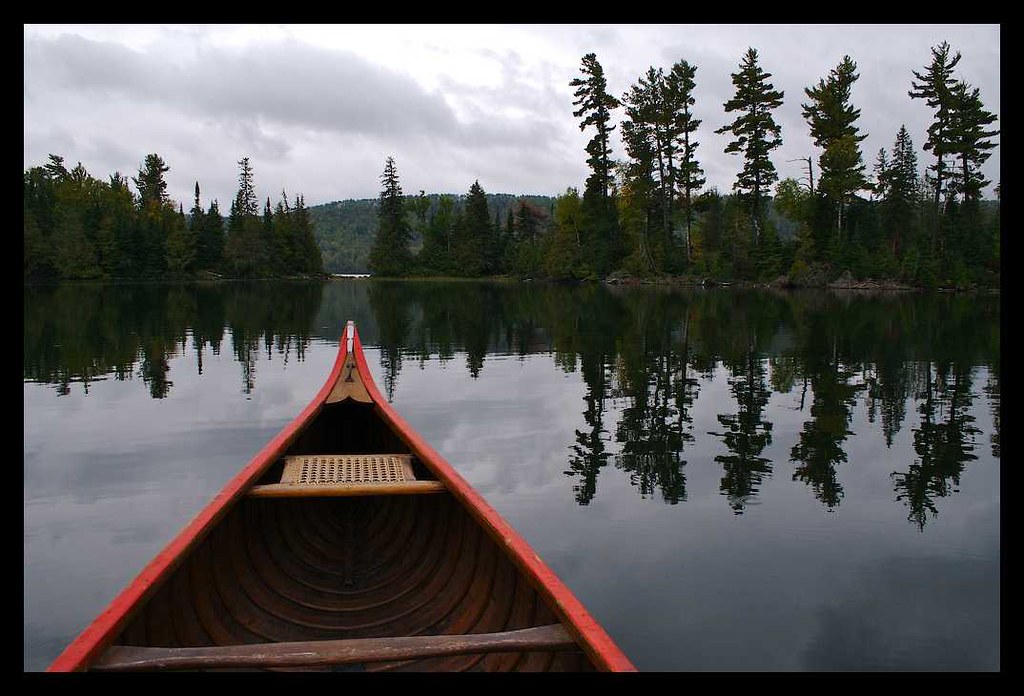
This million-acre wilderness of interconnected lakes and rivers reaches its most magical state during autumn, when mosquitoes disappear and the boreal forest explodes with color. The lakes grow still and reflective in the fall, creating mirror-like surfaces that perfectly capture the golden aspen and fiery maple trees lining the shores. Wildlife becomes more active and visible as animals prepare for winter, with moose, beavers, and otters frequently spotted along the waterways. The cool temperatures make portaging between lakes more comfortable, and evenings spent around campfires become especially memorable with frost in the air and the possibility of northern lights dancing overhead.
11. Winter Hot Tub Boating in Seattle, Washington
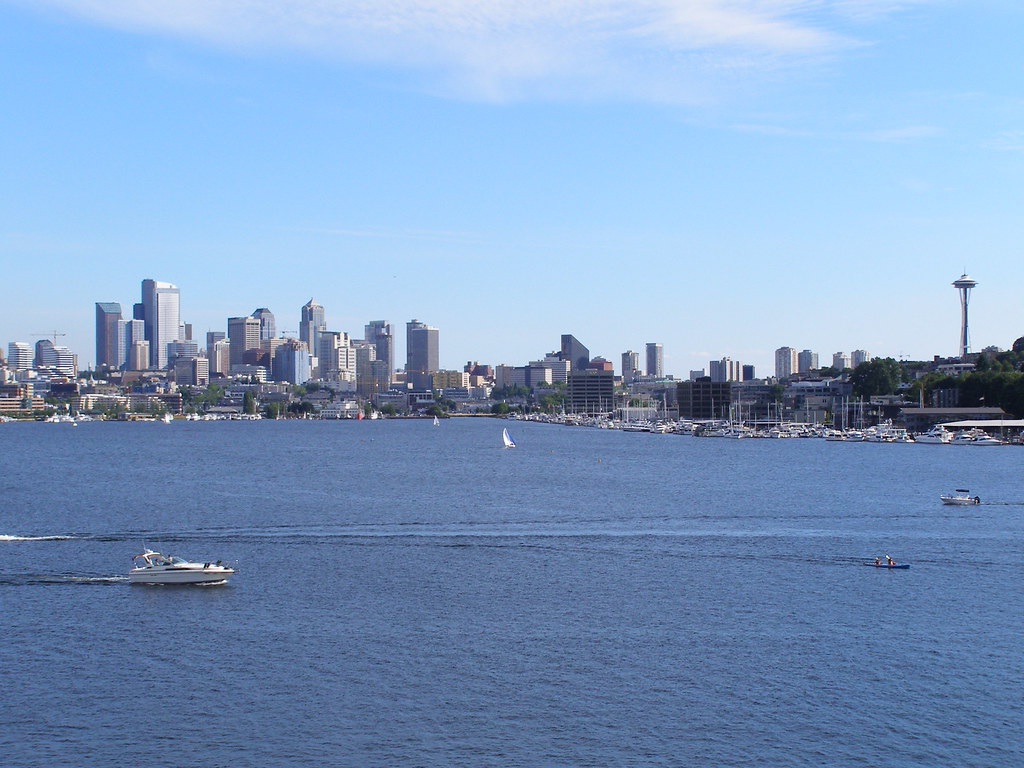
Seattle’s Lake Union offers one of the country’s most unusual water activities: cruising in a floating hot tub boat, particularly enjoyable during the Pacific Northwest’s mild but rainy winter. These electric-powered vessels combine transportation with relaxation, allowing passengers to soak in 104-degree water while navigating the scenic urban lake. The winter months provide a unique perspective on the city skyline, often shrouded in atmospheric mist with twinkling lights reflecting on the water’s surface. The contrast between the chilly air and warm water creates a cozy, memorable experience distinctly different from summer boating on the busy lake.
12. Spring Sailing on the Chesapeake Bay, Maryland
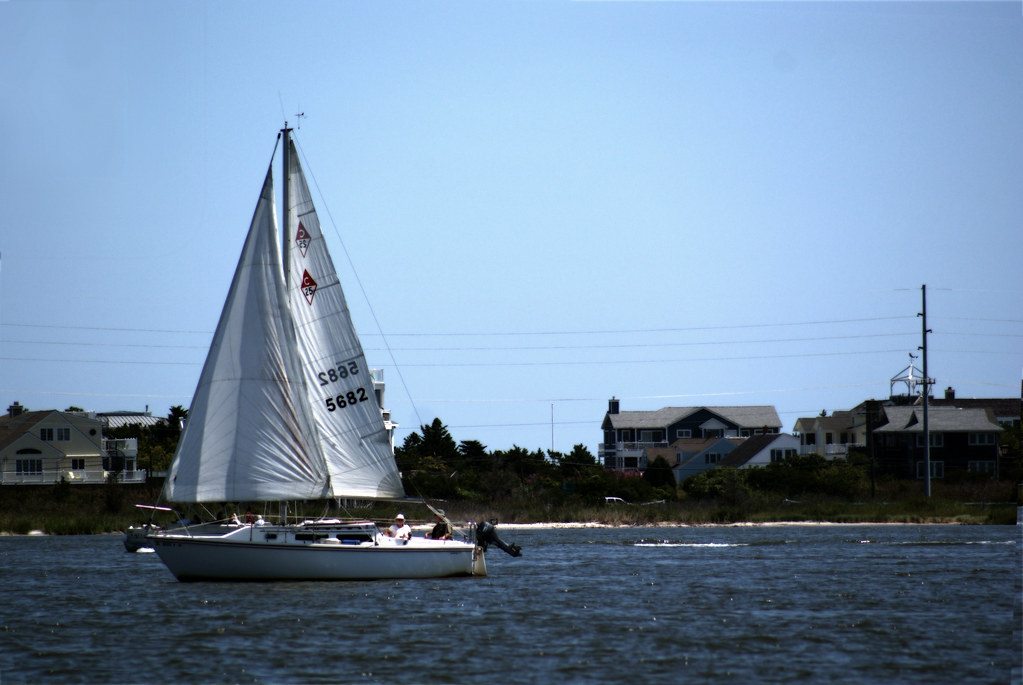
America’s largest estuary offers ideal sailing conditions during spring, when consistent winds and moderate temperatures create perfect conditions for exploration by sail. The Bay’s 11,684 miles of shoreline burst with life as ospreys return to their nests, dogwoods and redbuds bloom, and the water fills with migrating fish. Spring sailing allows visitors to experience historic waterfront towns like Annapolis and St. Michaels before the summer tourism rush, providing a more authentic connection to this maritime region. The seasonal timing also coincides with several traditional sailing festivals and regattas that celebrate the Chesapeake’s rich maritime heritage.
13. Fall Stand-Up Paddleboarding Through Mangrove Tunnels in Everglades National Park, Florida
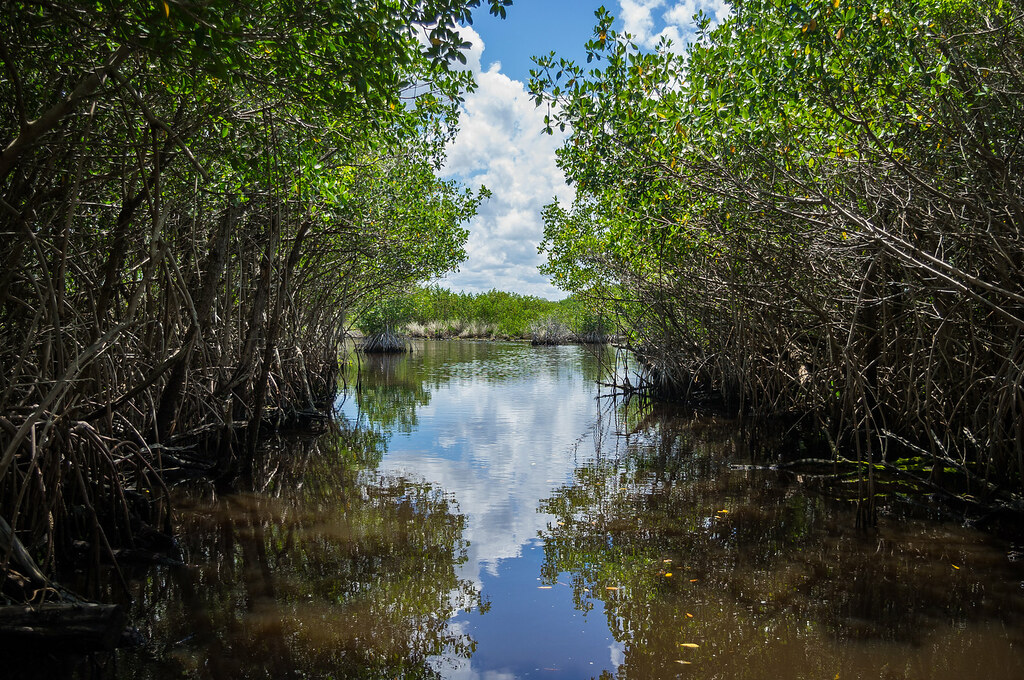
The Everglades transform during fall as oppressive summer heat subsides and humidity drops, creating ideal conditions for exploring the park’s intricate water trails. Standing on a paddleboard provides the perfect vantage point for spotting wildlife through the clear, calm waters, including manatees, rays, and countless fish species. The reduced rainfall of fall typically means fewer mosquitoes and clearer water, enhancing the paddling experience through mysterious mangrove tunnels where branches create natural canopies overhead. Local guides can lead paddlers to secret waterways where alligators sun themselves and rare birds nest, all accessible only by these human-powered watercraft.
14. Winter Storm Watching at Shore Acres State Park, Oregon
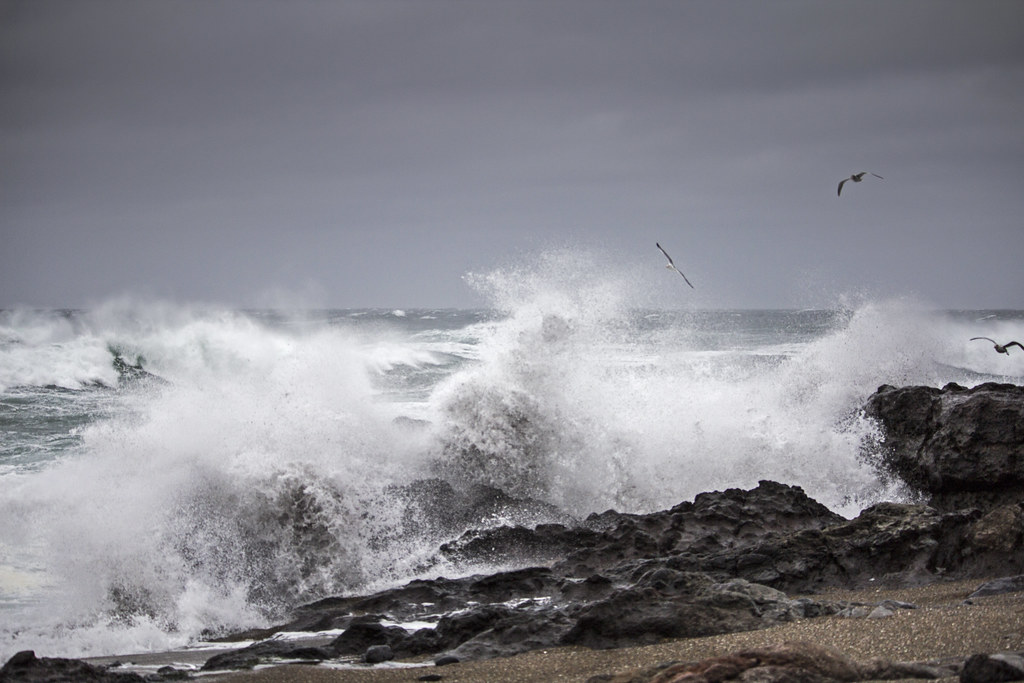
The rugged Oregon coast offers front-row seats to nature’s most dramatic water show during winter months when powerful Pacific storms crash against the shoreline. Shore Acres State Park, perched on sandstone cliffs above the ocean, provides designated viewing areas where visitors can safely witness waves reaching heights of over 100 feet during major storm systems. The collision of massive swells against the volcanic headlands creates explosive spray that can shoot hundreds of feet into the air, a natural spectacle both terrifying and beautiful. After storm watching, visitors can explore the park’s sheltered botanical gardens or hike coastal trails to witness the storm’s impact on this dynamic ecosystem.
15. Spring Scuba Diving in Channel Islands National Park, California
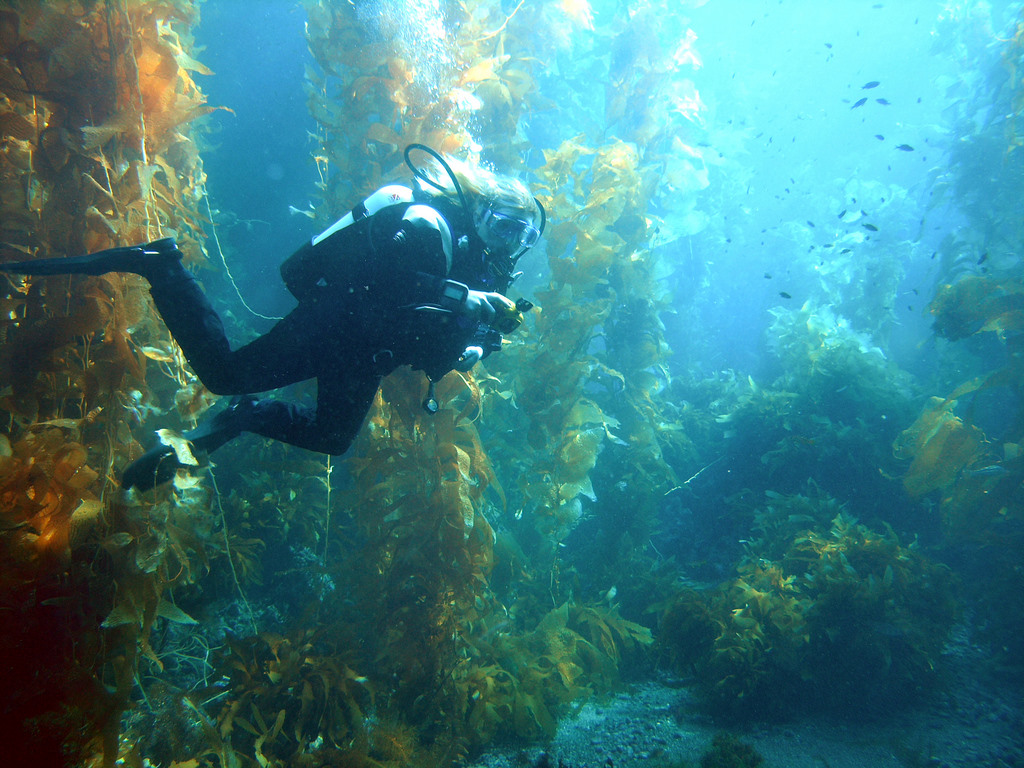
California’s “Galapagos of North America” offers world-class cold water diving that peaks in spring when water clarity reaches its annual best. The convergence of cold northern and warm southern currents creates extraordinary biodiversity, with divers commonly encountering playful sea lions, bright orange Garibaldi fish, and forests of towering kelp that grow up to two feet per day. Spring brings calm seas for comfortable boat crossings to these offshore islands, along with the chance to witness the gray whale migration passing through the Santa Barbara Channel. The islands’ protected status means marine life flourishes in numbers rarely seen elsewhere, with underwater visibility frequently exceeding 100 feet during this optimal season.
Water-based adventures across America extend far beyond summer’s warm embrace, offering unique experiences and perspectives in every season. Whether you’re soaking in steaming hot springs surrounded by snow, paddling through forests ablaze with autumn colors, or diving among vibrant marine life in crystal-clear spring waters, these year-round opportunities connect us with the natural world in profound ways. By expanding our aquatic adventures beyond traditional summer activities, we discover not just new experiences but new dimensions to familiar places, proving that America’s waters offer endless opportunities for exploration, regardless of the calendar date.

